Today in Philippine History, July 9, 1985, Arturo Alcaraz won the IBM Science and Technology Award
On July 9, 1985, Arturo Pineda Alcaraz, a volcanologist and acknowledged “father of geothermal energy” won the IBM Science and Technology Award.
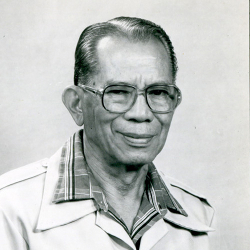
Alcaraz, who earned his Masters of Science degree in Geology at the University of Wisconsin in the United States as a government scholar, pioneered in generating electricity by means of geothermal steam among areas proximate to volcanoes.
With a vast and extensive knowledge on volcanoes in the Philippines, Alcaraz explored the possibility of harnessing geothermal steam to produce energy. He succeeded in 1967 when the country's first geothermal plant produced much needed electricity, ushering the era of geothermal-based energy to power up homes and industries.
In 1951 when the Commission on Volcanology was officially created under the National Research Council, Alcaraz was appointed Chief Volcanologist, a post he held until 1974.
Along with his colleagues, he was able to set up a working model in Tiwi, Albay. He was also able to prove that energy can be generated by geothermal energy.
A steam from a one inch hole drilled 400 feet to the ground powered a turbo generator which lighted up a light bulb. It was a milestone in the Philippines' quest for energy self-sufficiency. Thus, Alcaraz carved his name in the global field of Geothermal Energy and Mining.
Alcaraz was the 1982 Ramon Magsaysay Award recipient for government service for his scientific insight and selfless perseverance in guiding Filipinos to understand and use one of their greatest natural resources.
Reference:
Philippine News Agency archives
The Ramon Magsaysay Award Foundation

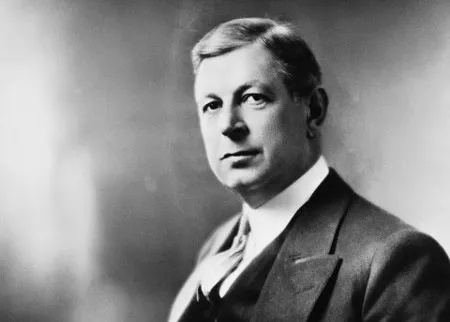
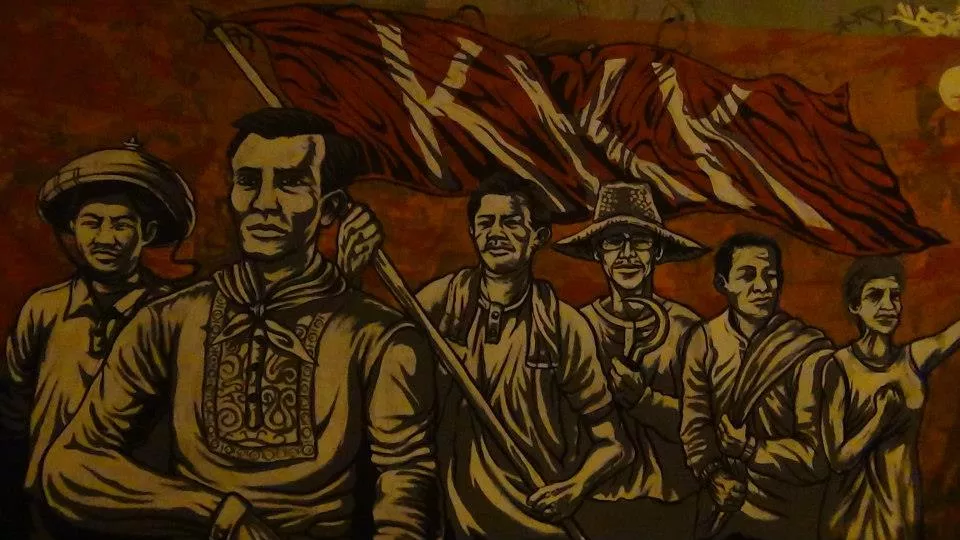
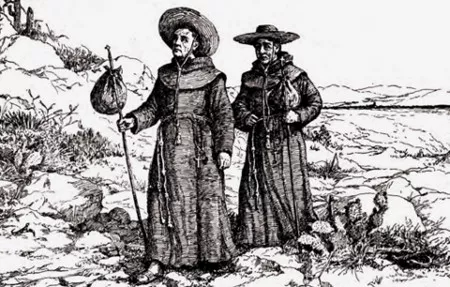
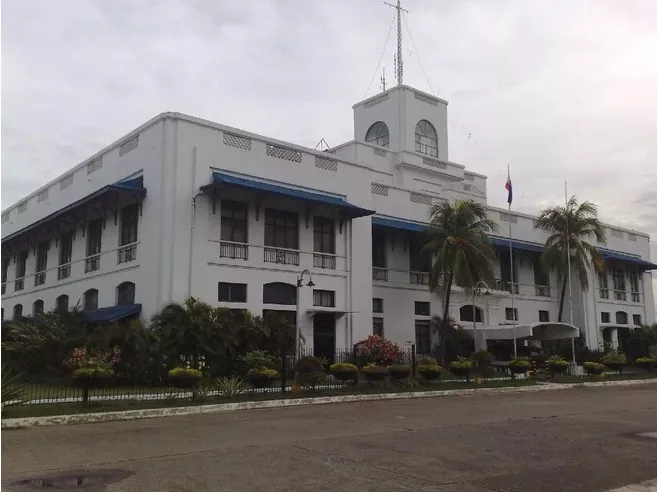
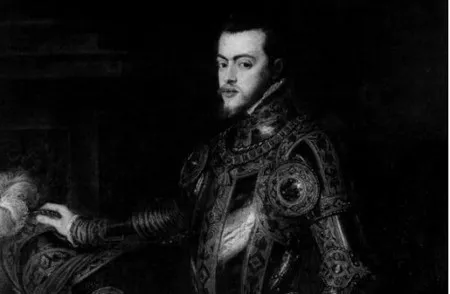
"Governor General Davis accepted the appointment to the Philippine Islands at great personal sacrifice. His resignation is based upon personal and family reasons, the force of which must, I feel, receive every consideration, particularly in view of the very generous sacrifices which he has already made in consenting to remain in the Philippine Islands much longer than his personal interests warranted. I have accepted his resignation with the greatest reluctance. His administration of the affairs of the Philippine Islands has been eminently able and successful and constitutes a fitting continuation of the distinguished service he previously rendered as Secretary of War. The 2 years during which he served in the Philippine Islands have been marked by exceptionally cordial and satisfactory relations between the American chief executive and the legislative and other local authorities. Governor General Davis relinquishes office with the deep regret of all concerned, and with a further claim upon the gratitude and affection of both the American and Filipino people."